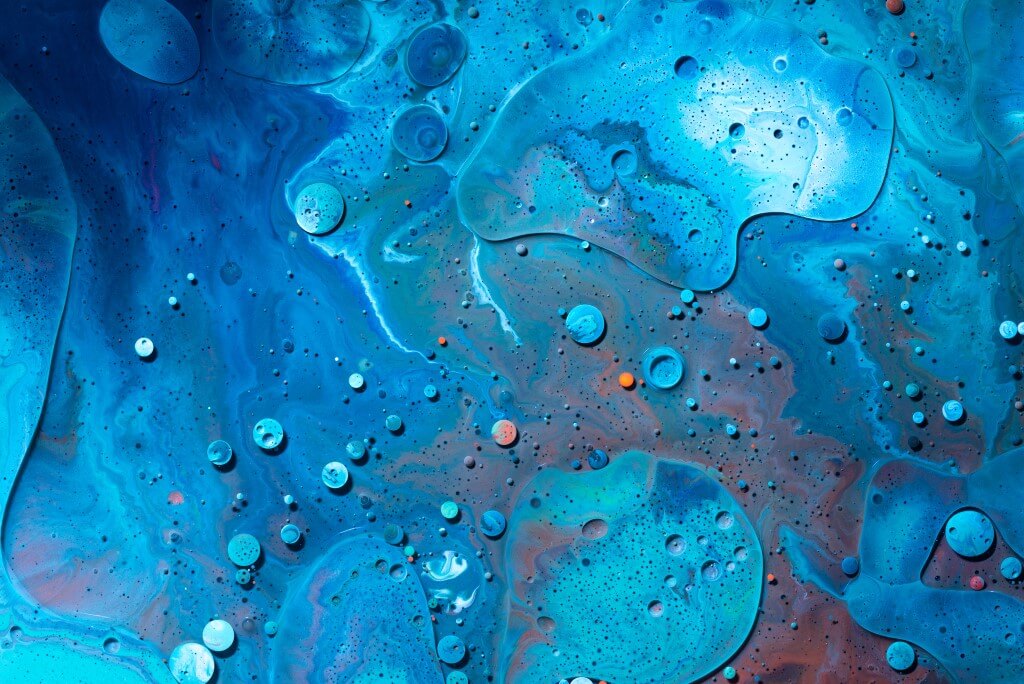Exploring the Powerful Role of Art Therapy and Expressive Therapies in Addiction Treatment

When it comes to addiction treatment, traditional approaches like counseling and medication-assisted therapy often take the spotlight. However, there are lesser-known yet highly effective therapies that have been gaining recognition in recent years: art therapy and expressive therapies. These creative modalities offer unique ways for individuals to explore and express their emotions, experiences, and challenges in addiction recovery. In this article, we will delve into the history, benefits, and distinctions between art therapy and expressive therapies, shedding light on their transformative role in addiction treatment.
Art Therapy
Art therapy dates back to the mid-20th century when psychiatrists and psychologists began to recognize the power of art as a therapeutic tool. This form of therapy involves using various art materials and techniques to promote self-expression, emotional healing, and self-discovery. Through drawing, painting, sculpting, and other artistic processes, individuals can tap into their subconscious, access their emotions, and explore unresolved issues related to addiction.
Art therapy provides a safe and non-verbal outlet for self-expression, allowing individuals to communicate and process experiences that may be difficult to express verbally. The creative process itself can be healing, offering a sense of empowerment, self-reflection, and personal growth. Art therapy can also help individuals develop self-awareness, improve emotional regulation, and enhance their coping skills, which are invaluable in addiction recovery.
Expressive Therapies
Expressive therapies encompass a broader category of therapeutic approaches that utilize various forms of creative expression, such as music, dance, drama, and movement. These modalities focus on the process of engaging with the art form rather than the final product. By using different expressive mediums, individuals can explore their emotions, challenge self-limiting beliefs, and gain insights into their addiction and recovery journey.
Music therapy, for example, harnesses the power of sound, rhythm, and melody to stimulate emotional responses, reduce anxiety, and promote relaxation. Dance and movement therapy facilitate body awareness, self-expression, and emotional release through intentional movement and improvisation. Drama therapy allows individuals to embody different roles and perspectives, fostering self-discovery, empathy, and communication skills.
Comparing Art Therapy and Expressive Therapies
While art therapy is a specific modality that focuses on visual art forms, expressive therapies encompass a broader range of creative modalities. Both approaches share common goals, such as promoting self-expression, enhancing emotional well-being, and fostering personal growth. However, their methods and techniques differ, providing individuals with diverse avenues for self-discovery and healing.
In art therapy, the act of creating visual art becomes the therapeutic tool, allowing individuals to externalize their internal experiences. Expressive therapies, on the other hand, utilize different artistic mediums like music, dance, drama, or movement to facilitate emotional expression and exploration.
Encouraging Affirmation Quotes
“Art therapy allows individuals to access and communicate their feelings in ways that words alone cannot express. It taps into the creative spirit and promotes self-discovery and healing.” – Dr. Cathy Malchiodi, Art Therapist and Author
“Expressive therapies offer individuals the opportunity to engage their bodies, minds, and emotions in the healing process. Through movement, music, and art, they can find new ways of relating to themselves and others.” – Dr. Danielle Nahon, Expressive Arts Therapist
“Art therapy and expressive therapies are powerful tools that can help individuals develop self-awareness, improve emotional regulation, and uncover deeper layers of their addiction journey.” – Dr. Bruce L. Moon, Clinical Psychologist
“Engaging in creative activities can enhance the brain’s neuroplasticity and promote healing from addiction. Art therapy and expressive therapies provide a means to rewire the brain and establish new pathways of recovery.” – Dr. David S. Festinger, Addiction Psychologist
“Through artistic expression, individuals in addiction recovery can find a voice, rebuild self-esteem, and connect with their inner strengths. These therapies offer a safe space for self-exploration and personal transformation.” – Dr. Cathy Malchiodi, Art Therapist and Author
Lets take a look at some practical examples of how art therapy and expressive therapies are implemented in addiction treatment:
- Art Therapy: In South Africa, some addiction treatment centers offer art therapy sessions where individuals can engage in various art forms such as painting, drawing, and sculpting. These sessions provide a safe and non-verbal outlet for individuals to express their emotions, explore their experiences, and develop self-awareness. The Lighthouse Addiction Recovery Centre in Cape Town incorporates art therapy as part of their holistic treatment approach.
- Music Therapy: Music therapy is another expressive therapy used in addiction treatment. South African organizations like Recovery Direct in Cape Town integrate music therapy into their programs. Individuals can participate in drumming circles, songwriting, or music listening sessions to explore their emotions, enhance self-expression, and find emotional release through the power of music.
- Dance and Movement Therapy: Dance and movement therapy is another form of expressive therapy utilized in addiction treatment. In South Africa, centers like SANCA Wedge Gardens in Johannesburg incorporate dance and movement therapy as part of their treatment programs. Through guided movement exercises, individuals can connect with their bodies, release tension, and explore their emotions in a safe and supportive environment.
- Drama Therapy: Drama therapy is employed in addiction treatment to help individuals explore their emotions, improve communication skills, and develop empathy. Organizations like Crossroads Recovery Centre in Johannesburg incorporate drama therapy techniques, such as role-playing and improvisation, to support individuals in their recovery journey.
These practical examples demonstrate how art therapy and expressive therapies are utilized in South African addiction treatment settings. By engaging in these creative modalities, individuals can enhance their self-expression, emotional exploration, and personal growth as they navigate the path of recovery.
Art therapy and expressive therapies offer individuals in addiction recovery a powerful means of self-expression, emotional healing, and personal growth. These lesser-known modalities provide unique avenues for individuals to delve into their inner world, process emotions, and develop coping strategies. By incorporating creative exploration into addiction treatment, individuals can tap into their innate creativity and discover new ways to navigate their recovery journey.
Remember, everyone’s path to recovery is unique, and what works for one person may not work for another. If you or someone you know is seeking addiction treatment, exploring the potential benefits of art therapy and expressive therapies may provide a valuable and transformative addition to the recovery process.
As the renowned artist Pablo Picasso once said, “Art washes away from the soul the dust of everyday life.” Allow the healing power of art and creativity to support your journey towards sobriety and personal growth.






